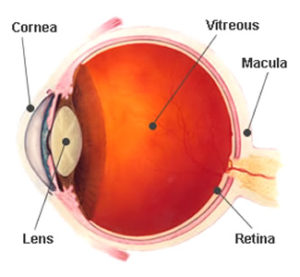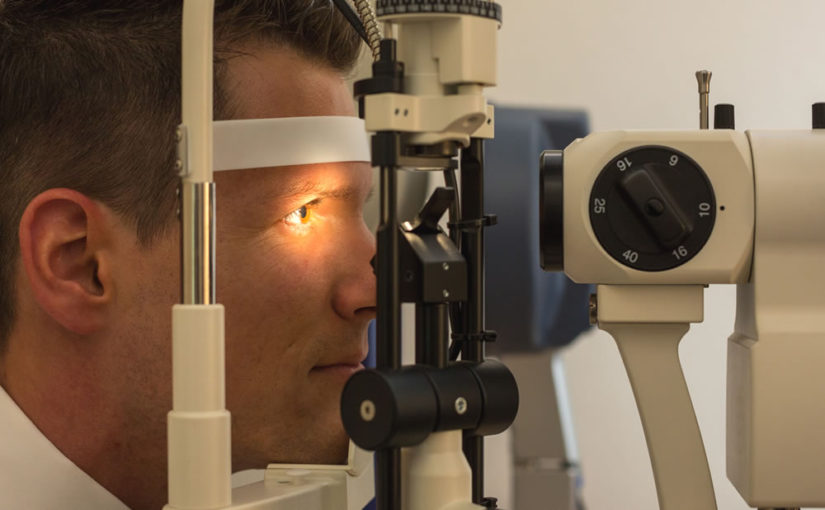The back of the eye is filled with a jelly called the vitreous. This is attached to the retina. The vitreous contains fibres, which are not normally visible. With time these fibres can stick together and become visible. These are called floaters. They cast shadows on the retina, which flit about like little flies or spiders. These sort of floaters are very common and of no consequence.

With time, the vitreous partly turns into a liquid and pulls away from the retina. This is called a posterior vitreous detachment.
This is essentially a normal process and occurs to about two thirds of people at some time in their lives. If you are short sighted (myopic) it tends to happen earlier.
As the back of the vitreous (called the posterior hyaloid membrane) pulls away from the retina, it sometimes causes some flashing lights from the corner of your eye, usually in dim light such as in the evening. These usually settle down over a few weeks.
“Thank you for your letter of introduction to Mr Richard Antcliff at the Circle Hospital. Due to his skill, the results of my cataract removals have been beyond my expectations. To be without the need to wear glasses and able to see, thread a needle and read most small print is a joy.” Mrs L, Bath
The posterior hyaloid membrane then floats around in the middle of the eye. Some parts of this membrane are thickened (around blood vessels and the optic nerve). These are visible as vitreous floaters. These remain permanently but become less irritating over time.
In a small number of people, if there is a weak point in the retina or a stronger adhesion between the retina and the posterior hyaloid membrane, as the vitreous pulls away it can tear the retina. This can lead to a retinal detachment.
If a tear is seen before a retinal detachment forms, it can be safely treated with laser as an outpatient. For this reason, if you have symptoms suggesting a posterior vitreous detachment, it is sensible to get your eyes checked by an optician or an eye surgeon.
